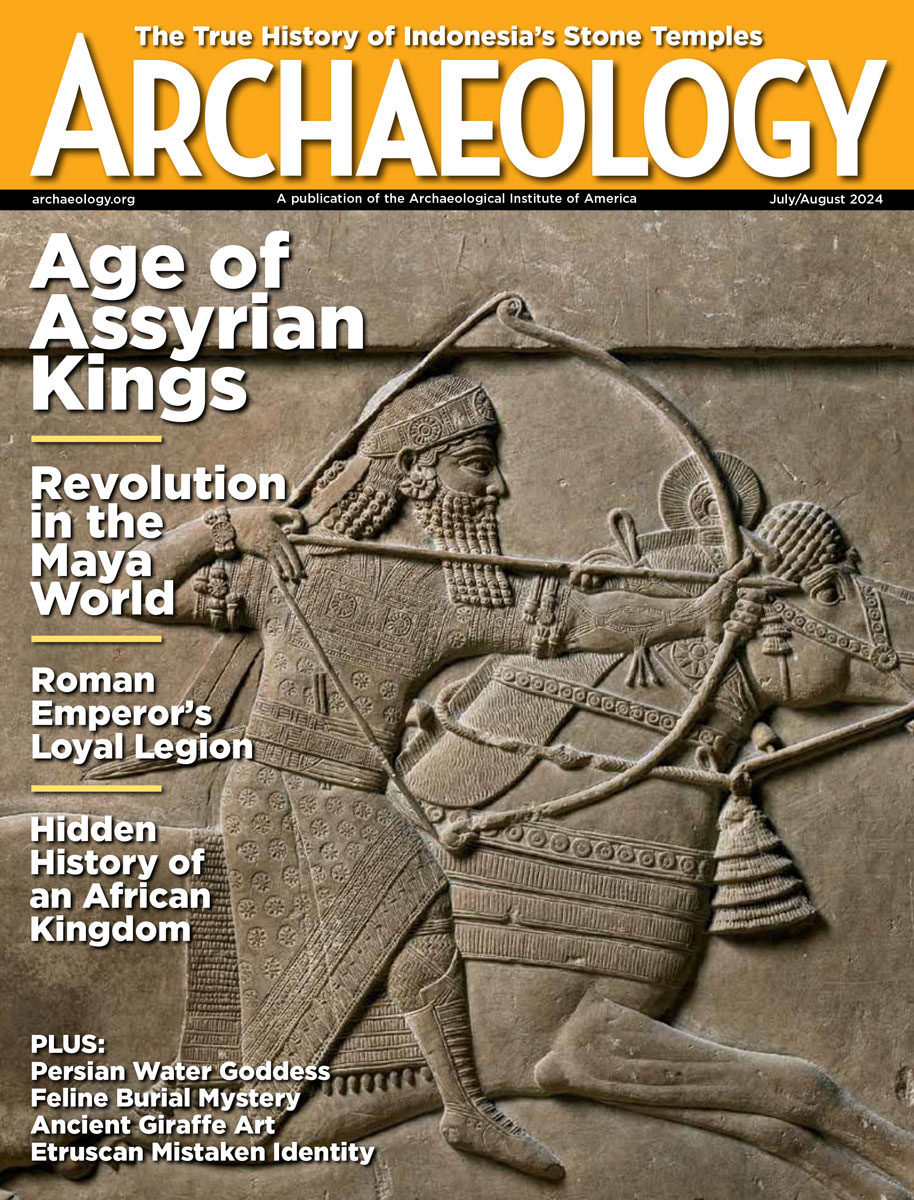Tuesday, May 13
May 13, 2008
Trepanation was successfully used by the Inca to treat head injuries, according to a new study published in The American Journal of Physical Anthropology . “These people were skilled surgeons,” said lead author Valerie Andrushko of Southern Connecticut State University. Most of the patients were young men, and their injuries were probably inflicted during combat.
Ten people accused of destroying an ancient grave in Yemen are wanted for arrest. Artifacts and clothing from the burial, including gold jewelry, statues, and weapons, had been removed and are in Dhafar Museum.Â
Iran’s salt men, discovered at the Chehrabad Salt Mine, have found a new home at the Zanjan Archaeology Museum.Â
A broken pot from Andipatti, in the Indian state of Tamil Nadu, tells its own tale in this article in The Hindu. Â
Readers of ARCHAEOLOGY already know this stuff–just read “Indiana Jones: Real archaeologists don’t have whips” for the quotes from our own Mark Rose.
And while we’re on the subject, a crystal skull was stolen from an altar in a New Age supply store in California. “I have no idea why someone would take that and not the other things that are equally valuable on the altar,” said shop owner Persis Newland. Â
The movie tie-ins continue: This story has appeared in the British tabloids and Fox News, but now it has shown up in the Times Online. German researcher Helmut Ziegert of the University of Hamburg has been looking for the palace of the Queen of Sheba in Akusum, in northern Ethiopia. He thinks that the Ark of the Covenant may be found there.
- Comments Off on Tuesday, May 13
Monday, May 12
May 12, 2008
Last year, five people working for oil companies doing business in Yemen were arrested for trying to smuggle antiquities out of the country, but only one has been prosecuted. Yemeni officials suspect that many executives have gotten away with such theft. Sometimes the artifacts are placed within diplomatic cases or in oil tankers, or are flown out on private planes, which are not inspected.
Negotiations between lawyers for Italy and the Cleveland Museum of Art are in their final stages. Â
Arlen and Diane Chase of the University of Central Florida are using LiDAR remote sensing technology to map the Maya site of Caracol in Belize. “The lasers we’re using to map the ruins have never been used before. And it’s going to make a world of difference because traditional methods of mapping are very time consuming, very laborious, and very slow,” said anthropologist Arlen Chase. Â
Here’s some more information on the 1,000 graves discovered at Usme, Colombia, whose occupants lived between the first and sixteenth centuries A.D. “A settlement like Usme offers the chance to research the settlement’s development through different moments in a prolonged occupation,” said Maria Groot of the National University of Colombia. Â
Campers have erected seven tents in front of a property on the Hawaiian island of Kaua’i containing 30 burials. The Kaua’i Island Burial Council has given the landowner permission to move seven of the graves to build a house, but the protesting campers want the site to be left alone. Â
A medieval shipwreck was discovered during the construction of an apartment building in central Barcelona, in an area that used to be under water. Â
Robotic probes carrying cameras will descend to the bottom of Lake Ontario and the upright wrecks of the Hamilton and the Scourge. The two ships sank in a storm during the War of 1812, taking some 50 American sailors with them.
- Comments Off on Monday, May 12









